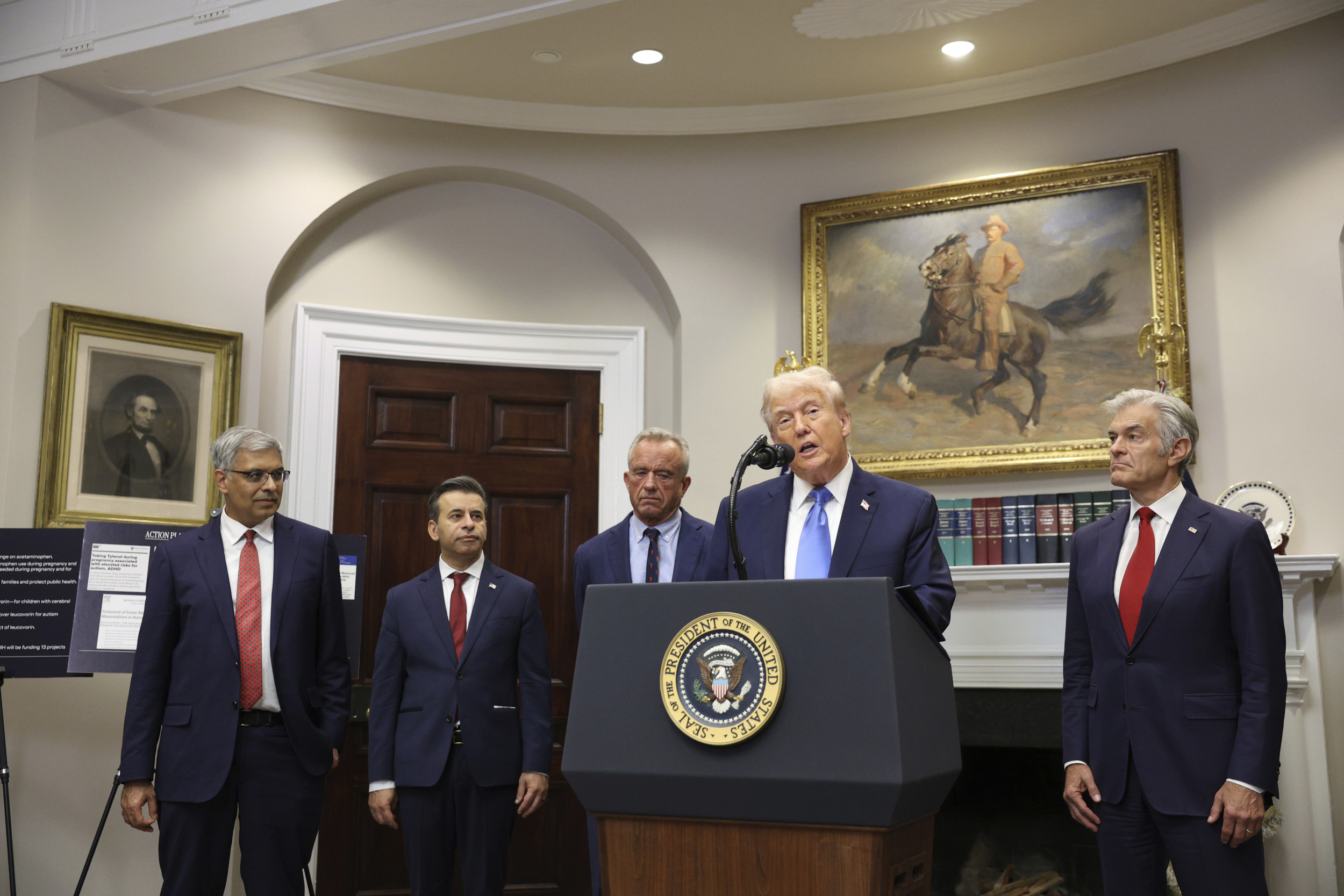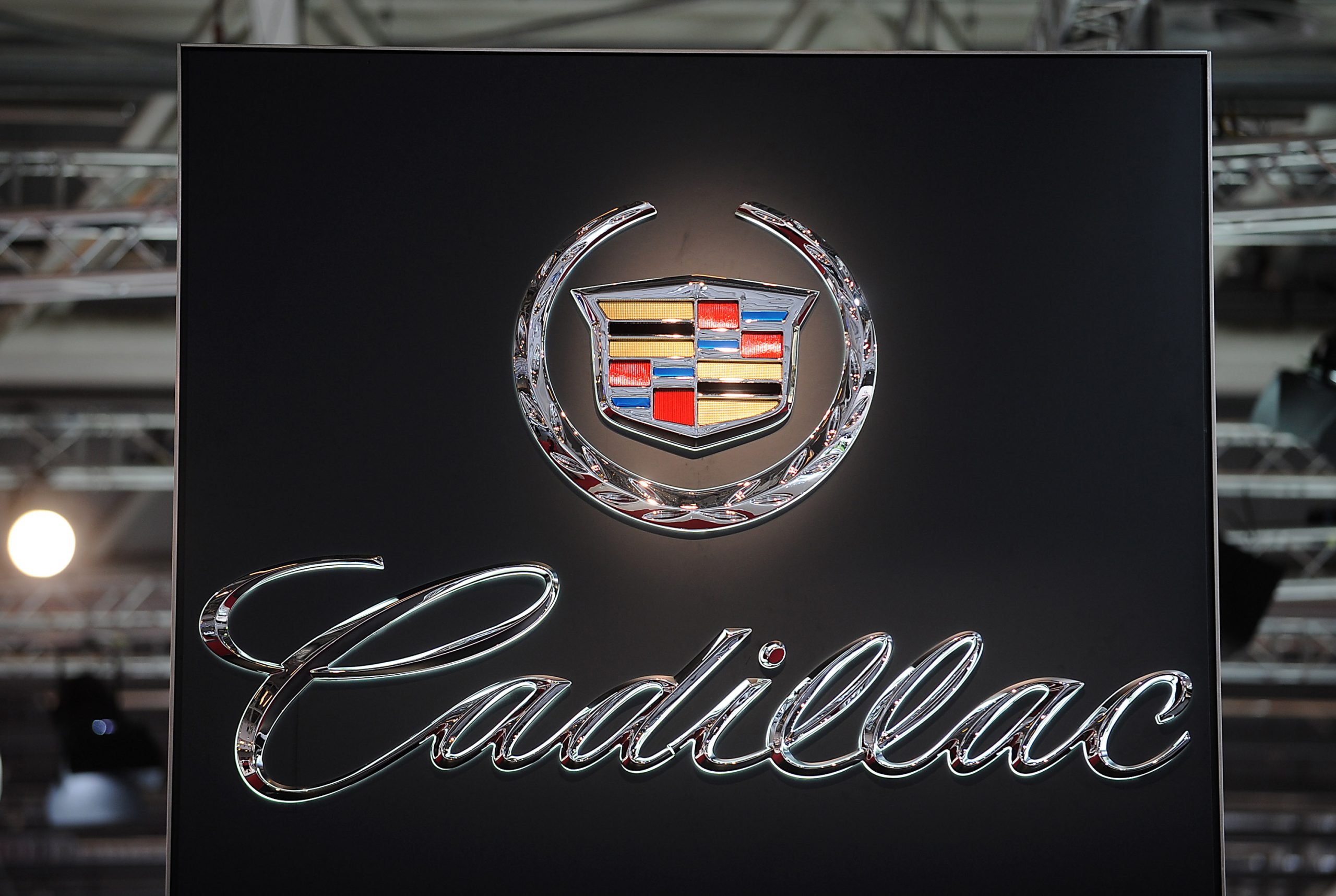
As many as three in five liver cancer cases could be prevented—with obesity-linked cases on the rise in particular.
This is the finding of a report from the Lancet Commission on liver cancer, which found that case numbers could be slashed by reducing alcohol consumption, levels of viral hepatitis and ‘metabolic dysfunction-associated steatotic liver disease’ (MASLD—previously known as ‘non-alcoholic fatty liver disease’.)
The Commission warns that the share of liver cancer cases caused by a severe form of MASLD called ‘metabolic dysfunction-associated steatohepatitis’ (MASH) is expected to increase by 35 percent come 2050.
The authors have called for increased awareness of the rising risk of MASLD—especially in the U.S., Europe and Asia—with a focus on high-risk groups like people with diabetes and obesity.
“Unfortunately through our literature review and discussion we found the public, policy makers and sometimes clinicians aren’t aware of the growing problem of liver cancer,” Stephen Chan, clinical oncology professor at the Chinese university of Hong Kong, told Newsweek.
While around a third of the global population have MASLD, only 20–30 percent of patients with it will develop the more severe form of the condition with liver inflammation and damage.
“We expect MASLD to be more problematic in the western world because of there being more metabolic causes like diabetes, fatty liver, people who are overweight…these also need behavioral modifications,” Chan explained.

Gratsias Adhi Hermawan/Getty Images
The Commission highlighted several ways to reduce risk factors. These include increasing the coverage of the hepatitis B virus (HBV) vaccine and screening programs—and boosting public health policies targeting obesity and alcohol consumption, like minimum alcohol unit pricing, warning labels and advertising restrictions.
The team have also called for professional organizations and the pharmaceutical industry to work together to reduce differences between eastern and western regions of the world in the clinical management of liver cancer.
More obvious lifestyle changes—like “stopping drinking or drinking less”—are also needed, Chan said. However, he added: “There still aren’t many policies on helping high-risk individuals to make and sustain behavioral modifications.”
The researchers estimate that if countries can reduce the incidence of liver cancer cases by two–five percent each year by 2050, it could prevent 9–17 million new cases of liver cancer and save 8–15 million lives.
Previous analyses have predicted that the number of new liver cancer cases will nearly double from 870,000 in 2022 to 1.52 million in 2050, primarily due to population growth and aging populations, with the largest increases expected in Africa. The number of deaths from liver cancer is also predicted to grow from 760,000 in 2022 to 1.37 million in 2050.
Liver cancer is already the sixth most common cancer and third leading cause of death from cancer globally.
In the U.S., about 42,240 new cases will be diagnosed this year, with about 30,090 people expected to die, according to the American Cancer Society. Liver cancer incidence rates have more than tripled since 1980, while the death rates have more than doubled during this time.
More than 40 percent of the global liver cancer cases occur in China, mostly due to relatively high rates of hepatitis B infections in the country.
“Liver cancer is a growing health issue around the world. It is one of the most challenging cancers to treat, with five-year survival rates ranging from approximately 5 percent to 30 percent. We risk seeing close to a doubling of cases and deaths from liver cancer over the next quarter of a century without urgent action to reverse this trend,” said Commission chair professor Jian Zhou of Fudan University, China, in a statement.

ronstik/Getty Images
At least 60 percent of liver cancers are predicted to be preventable by addressing risk factors including HBV, hepatitis C, MASLD and alcohol. MASH is the fastest growing cause of liver cancer globally, followed by alcohol.
The proportion of liver cancer cases linked to HBV, however, is expected to decrease from 39 percent in 2022 to 37 percent in 2050, while hepatitis C-related cases are projected to drop from 29 to 26 percent over the same period.
“Liver cancer was once thought to occur mainly in patients with viral hepatitis or alcohol-related liver disease. However, today rising rates of obesity are an increasing risk factor for liver cancer, primarily due to the increase in cases of excess fat around the liver,” said commission author professor Hashem B El-Serag of the Baylor College of Medicine in the US said in a statement.
“One approach to identify patients at high risk of liver cancer would be to introduce screening for liver damage into routine healthcare practice for patients at high risk of MASLD, such as individuals living with obesity, diabetes, and cardiovascular disease.
“Healthcare professionals should also integrate lifestyle counselling into routine care to support patients to transition to a healthy diet and regular physical activity.
“Furthermore, policy makers must promote healthy food environments via policies such as sugar taxes and clear labelling on products with high fat, salt, and/or sugar.”
Do you have a tip on a health story that Newsweek should be covering? Do you have a question about liver cancer? Let us know via health@newsweek.com.
Reference
Chan, S. L., Sun, H.-C., Xu, Y., Zeng, H., El-Serag, H. B., Lee, J. M., Schwartz, M. E., Finn, R. S., Seong, J., Wang, X. W., Paradis, V., Abou-Alfa, G. K., Rimassa, L., Kao, J.-H., Zhang, B.-H., Llovet, J. M., Bruix, J., Yip, T. C.-F., Wong, V. W.-S., … Zhou, J. (2025). The Lancet Commission on addressing the global hepatocellular carcinoma burden: Comprehensive strategies from prevention to treatment. The Lancet Commissions. https://doi.org/10.1016/S0140-6736(25)01042-6




